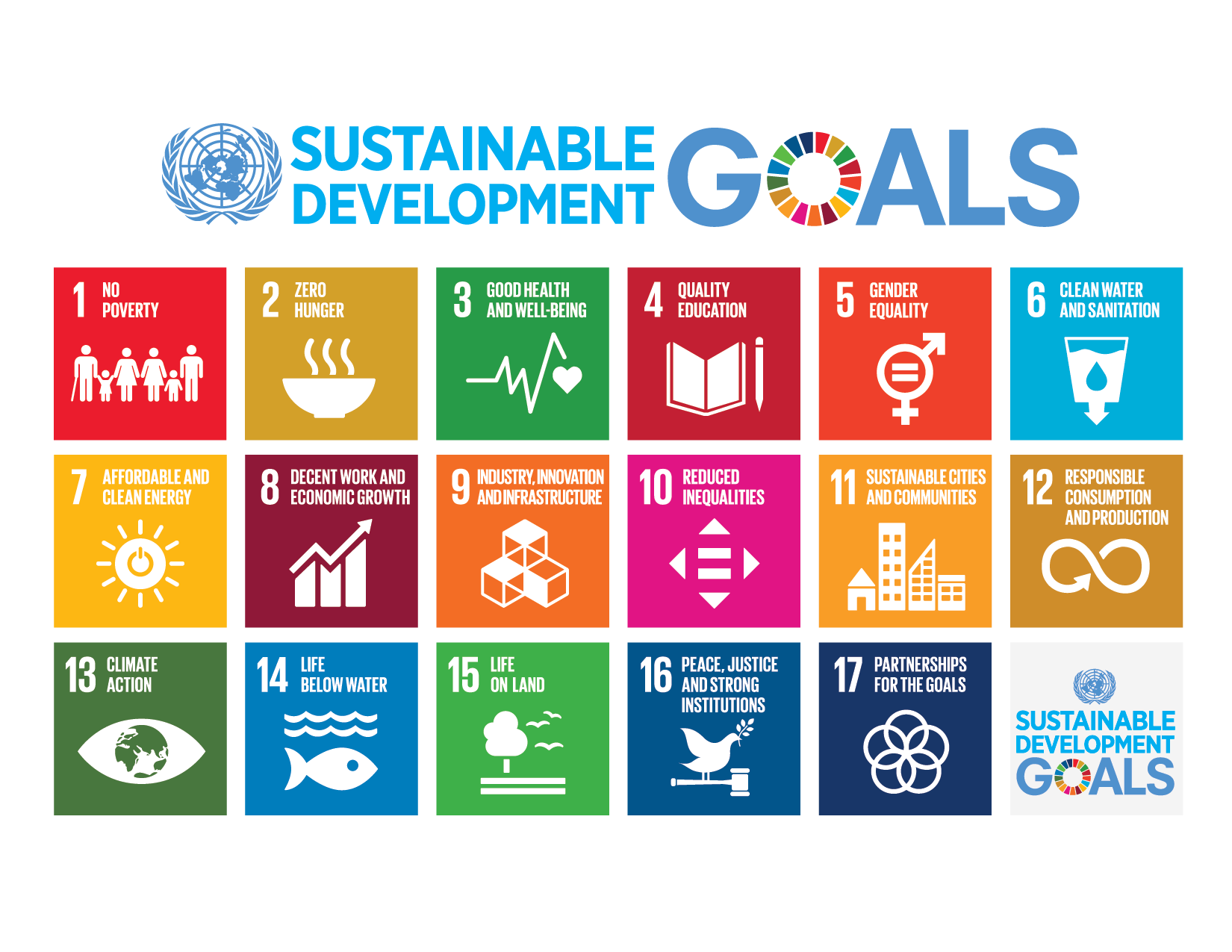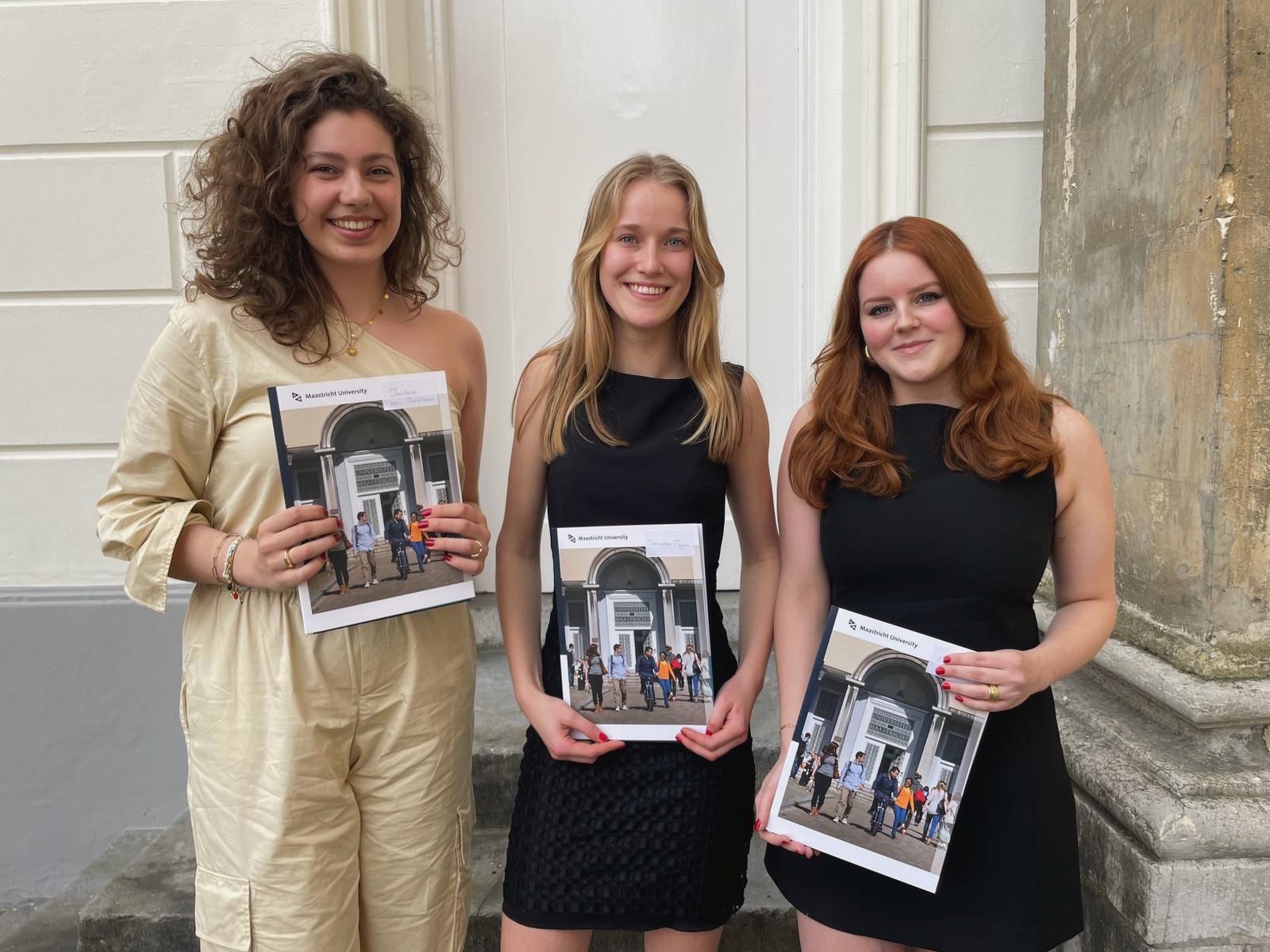FSDGs – a brief look at the relationship between two acronyms
FSDGs, a playful contraction of FSD, the Fair & Smart Data spearhead at Maastricht University and the SDGs, the Sustainable Development Goals of the United Nations. What is the relationship between both acronyms, or to put it less ambitious, to which of the SDGs can FSD possibly contribute? Moreover, what is the status of these SDGs now that we are halfway to the 2030 deadline? Let us have a closer look at both initiatives.

The FSD spearhead wants to contribute to innovations in global value chains that create fair value for smallholder farmers in the Global South. In FSD's view, smallholders should be at the centre of pursuing sustainable development, locally and globally.
A complexity is that there is no unique and unambiguous definition of a smallholder. The FAO defines smallholder and family farmers as those working on up to 10 hectares and are characterised by family-focused motives such as favouring the stability of the farm household system, using mainly family labour for production and using part of the produce for family consumption (FAO, 2012). In the literature, however, definitions vary widely for what constitutes a smallholder or small-scale farm, including size, use of technology, involvement of family in labour, and economic impact. Some countries even have their national definition of smallholders. A universal standard for smallholder farms is those that are less than two hectares, but this is, of course, somewhat arbitrary. For this blog, it is sufficient to conclude that a smallholder or smallholding is a small farm operating under a small-scale agriculture model.
There are an estimated 500 million smallholder households globally (85% of the ' 'world's farms), amounting to upwards of 2 billion people (The World Bank, 2016). Hannah Ritchie (2021) from Our World in Data provides some interesting data about smallholder farmers: they produce 29% of the ' 'world's crops (measured in kilocalories); they are using 24% of the ' 'world's agricultural land (smaller farms get higher land productivity, but lower labour productivity); and they account for 32% of the ' 'world's food supply (smaller farms tend to allocate a larger share of their crops towards food, rather than animal feed or biofuels). However, smallholder farmers face significant economic, social, and environmental challenges. To name a few: fluctuations in market prices, access to capital and technology, level of education, degree of organisation, bargaining power, land ownership hassles, soil degradation, and last but not least, climate change – increasingly an existential threat for agriculture and farming, especially in the Global South. Moreover, smallholders are at the bottom of supply chains, which have become increasingly global, and usually the lowest value receiver. The increased complexity of global supply chains has led to many (unforeseen) environmental and social issues such as depletion of natural resources and exploitation of human capital. Smallholder farmers comprise a large proportion of the ' 'world's poor, living on less than $2 a day, and that is why improving the lives of this vast group is a priority in efforts to end global poverty (The World Bank, 2016). In short, smallholders are some of the poorest people on this planet.

The SDGs are a crucial part of the 2030 Agenda for Sustainable Development, called Transforming our world. The United Nations call to action to end poverty, protect the planet, and ensure that by 2030 all people enjoy peace and prosperity (UN, 2015).
The 17 SDGs are integrated and indivisible, which means that action in one area will affect outcomes in others. They balance the three dimensions of sustainable development: economic, social, and environmental. A central promise of the 2030 Agenda for Sustainable Development is that "no one will be left behind" and to "endeavour to reach the furthest behind first" (UNDP, 2018).
The SDGs were launched in 2015 with a deadline of 2030, which means that the implementation of the global goals is currently halfway through the total period of 15 years. Therefore, it is interesting to reflect briefly on the SDGs to which the FSD spearhead wants to contribute and their status. The analysis is based on the aim, focus and scope of the FSD spearhead and the official targets of the SDGs. The progress of the SDGs is based on The Sustainable Development Goals Report 2021 published by the United Nations.
The selection of the SDGs relevant to FSD and the interpretation of the progress of these SDGs as outlined in the SDGs Report 2021 is the author's sole responsibility. It is a quick scan, not a detailed study (if that were possible at all).
The table below:
- Gives an overview of the SDGs relevant to FSD (1st column),
- The SDG targets to which FSD wants to contribute (2nd column),
- The progress of the SDGs so far, based on the SDGs Report 2021 (3rd column), and
- An evaluation of the SDGs development to date (4th column), which is the author's interpretation, is shown in colour code: green (positive), yellow (questionable), and red (negative).

It should be emphasised that there is no direct relationship between FSD activities and the progress of any particular SDG. The SDGs are too complex and comprehensive for such a direct relationship, and FSD's impact on them, if any, is at best very indirect through its research, education, partnerships, and outreach and dissemination activities.
In any case, the outlook is not very promising given the SDGs status to date. There is a serious chance that many global goals and targets are not achieved by 2030, simply because the world does not live up to its promises. The participation of all countries, all stakeholders, and people are needed to realise the SDGs. FSD wants to make, albeit modest, a positive contribution to a better world on a liveable planet.
References
Food and Agriculture Organization (FAO). (2012). Smallholder and Family Farmers. Downloaded from https://www.fao.org/fileadmin/templates/nr/sustainability_pathways/docs/Factsheet_SMALLHOLDERS.pdf
Ritchie, H. (2021). Smallholders produce one-third of the world's food, less than half of what many headlines claim. Retrieved from https://ourworldindata.org/smallholder-food-production
The World Bank. (2016). A Year in the Lives of Smallholder Farmers. Retrieved from https://www.worldbank.org/en/news/feature/2016/02/25/a-year-in-the-lives-of-smallholder-farming-families
United Nations. (2015). Transforming our world: the 2030 Agenda for Sustainable Development. Retrieved from https://sdgs.un.org/2030agenda
United Nations. (2021). The Sustainable Development Goals Report 2021. Retrieved from https://unstats.un.org/sdgs/report/2021/
UNDP. (2018). What does it mean to leave nobody behind? Retrieved from https://www.undp.org
Also read
-
The Honours programme is an extracurricular activity for bachelor’s students in year 2 and 3 to showcase their academic skills and teamwork in a real-life project. We talked to Emma van Straten, a Health Sciences student and Honours alumna who organised an international conference on Lama2 in...
-
The University Council of Maastricht University (UM) is holding a confidential today.
-
The Executive Board Executive Board and the University Council of Maastricht University (UM) met today and discussed both the protests at UM and the underlying issue of international cooperations.

